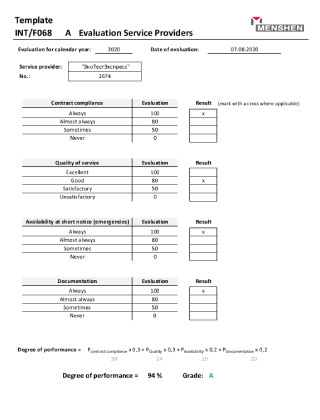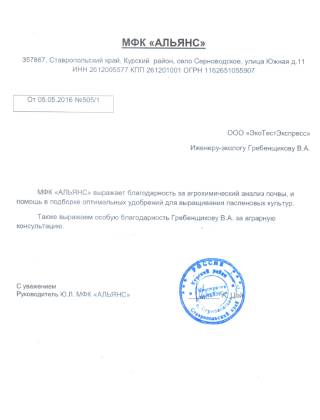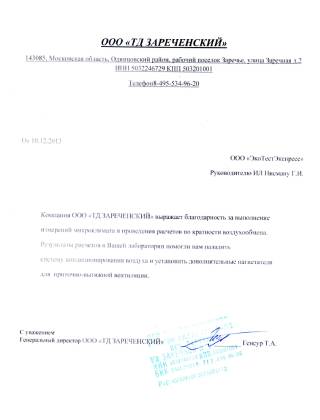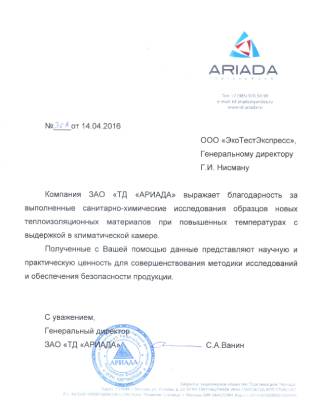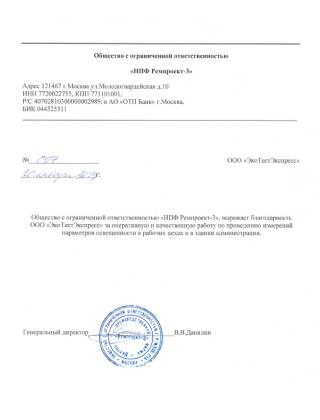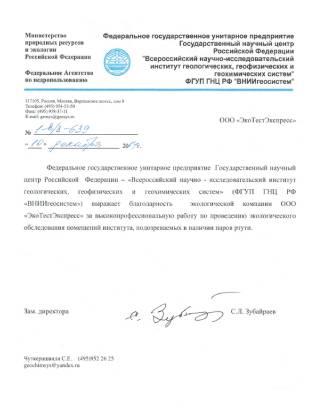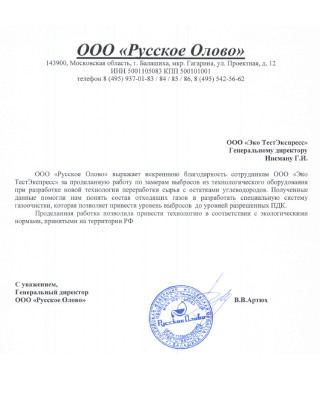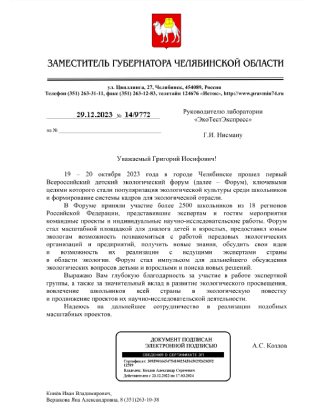
Controversies in Competitive Gaming: A Deep Dive
The world of competitive gaming is not just about skill and strategy; it is also rife with controversies that have sparked debates and discussions among fans and players alike. The rise of esports has brought significant attention to competitive gaming, but with this popularity has come a series of scandals that have challenged the integrity of various tournaments and the gaming industry as a whole. For insight into some of the biggest moments in esports scandals, visit controversies in competitive gaming sportsfanfare.com/2022/08/29/6-esports-scandals-that-rocked-the-gaming-world/. In this article, we’ll explore some of the most notable controversies in competitive gaming, their implications, and how they have shaped the industry.
1. Cheating Scandals: A Blight on Integrity
Cheating remains one of the most significant issues in competitive gaming. Instances of players using hacks, bots, or exploiting glitches to gain an unfair advantage have marred the reputation of many tournaments. One of the most infamous cases occurred in 2015 during the DreamHack tournament where a player was caught using wallhacks in Counter-Strike: Global Offensive (CS:GO). This incident not only tarnished the player’s reputation but also led to increased scrutiny of anti-cheat measures employed by tournament organizers.
2. Doping in Esports
Similar to traditional sports, the issue of doping has also emerged in competitive gaming. Players using performance-enhancing drugs to improve their focus and reaction times has become a concern for esports organizations. The controversy gained traction when it was revealed that several players from a prominent team in the League of Legends scene had been banned due to substance abuse. This incident raised questions about the effectiveness of current regulations and the necessity of implementing stricter anti-doping policies in the esports community.
3. Player Misconduct: The Dark Side of Competition
Player misconduct has also been a hot topic in competitive gaming. Instances of harassment, toxic behavior, and unsportsmanlike conduct can severely affect the community and contribute to a hostile environment. A notable example involved a popular professional player who faced backlash after making sexist comments during a live stream. This led to widespread calls for accountability and transparency among esports organizations in addressing player behavior both on and off the stage.
4. The Rise of Match-Fixing
Match-fixing is another grave concern within the competitive gaming landscape. Players, sometimes pressured by gambling syndicates or financial difficulties, may intentionally lose matches to influence betting markets. One of the largest scandals occurred in 2016 when a CS:GO team was found to have colluded to lose matches for financial gain. The aftermath led to several bans and a reevaluation of how esports leagues monitor player activities amidst gambling allegations.
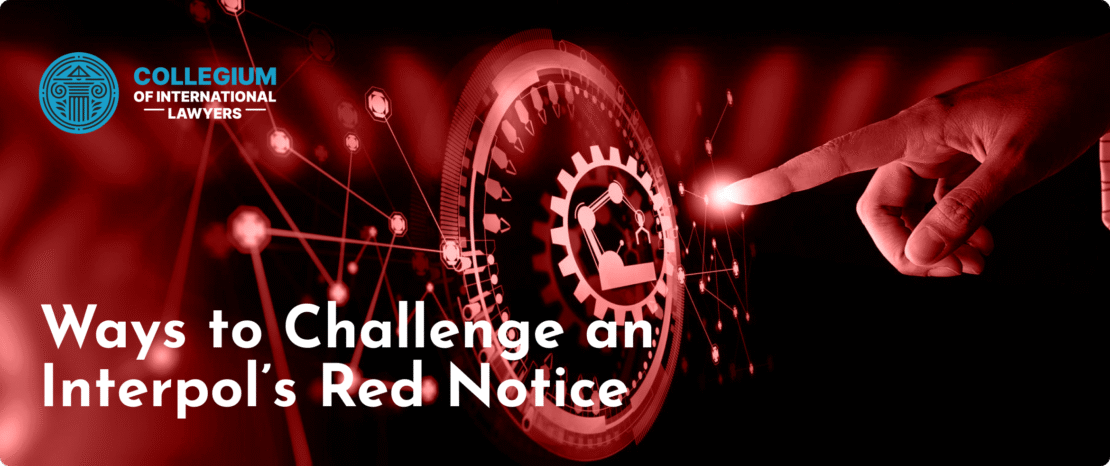
5. Disputes Over Game Balancing
Balance issues within games frequently spark controversy among players and developers. Continuous updates and patches aim to fine-tune gameplay; however, they can also ignite fierce debates regarding fairness. Disputes often arise when certain characters or strategies dominate the meta, leading to frustration within the community. For instance, in games like Super Smash Bros. Ultimate, the introduction of new characters has sometimes skewed the competitive balance, prompting heated discussions about whether competitive rules should adapt accordingly.
6. Sponsorship Conflicts
As the esports industry grew rapidly, so did the number of sponsorships. However, controversies related to sponsorship deals have emerged, especially when organizations prioritize profits over player welfare. Issues such as exploitative contracts, lack of support for players, and disagreements over branding can damage relationships between players and their teams. In some cases, players have publicly voiced concerns regarding restrictive clauses that limit their personal branding and sponsorship opportunities.
7. Community Backlash and Activism
Controversies often lead to greater community activism. Fans and players have banded together to push for changes in esports organizations, calling for transparency, diversity, and inclusivity. The 2020 protests against racial injustices prompted many esports organizations to reevaluate their policies and practices in regard to representation and support for marginalized communities. This activism signifies a shift towards a more socially conscious esports environment and highlights the power of the community in shaping future policies.
8. The Future of Integrity in Esports
Looking ahead, the esports industry must prioritize transparency and accountability to combat the controversies surrounding it. Establishing clear and enforceable regulations for player conduct, anti-cheat measures, and fair sponsorship practices can strengthen the integrity of competitive gaming. Education about responsible gaming and the potential consequences of cheating or misconduct should be an integral part of player development programs. With concerted efforts from organizations, players, and fans, the future of competitive gaming can strive for a more equitable and enjoyable experience for all.
Conclusion
Controversies in competitive gaming highlight the challenges facing the esports industry. While the competitive scene has brought together millions of players and fans, it is also riddled with scandals that can undermine its integrity. Addressing these issues through constructive dialogue, advocacy, and systemic changes will be critical for the future of esports. As the community continues to evolve, it is essential to learn from past mistakes and foster a competitive environment where fairness, inclusion, and respect prevail.











